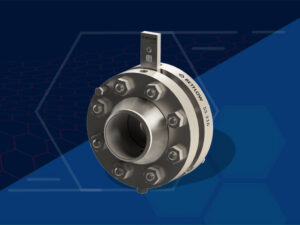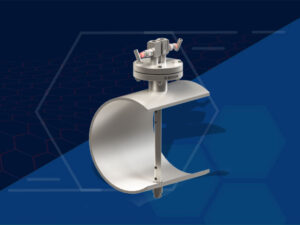Volume flow Vs. Mass flow
In the world of fluid dynamics, we deal with certain situations where we are required to pick the right instrument for a flow measurement application, considering desired accuracy levels. In such cases, mass flow and volume flow rates are two vital parameters. Although differentiating the two theoretically seems unimportant but in practical applications pose great impact. The blog will help you get a better idea about mass flow, volume flow and how they differ from each other.
Volume flow:
As the name suggests, it shows volume of fluid passing through a cross section. Further, volume of fluid passing through a cross section per unit time is the volume flow rate (m3/second). Speaking about volumetric flow, most of its characteristics are governed by the ideal gas law stating its dependence on temperature and pressure. In domestic applications, most commonly seen example of volumetric flow measurement are gas cylinders used in our kitchens. The weighing content of cylinder is the volume of gas filled inside.
Mass flow:
When it comes to mass flow, things break down to an intricate level. Mass flow is the flow of number of molecules of gas atoms through a cross section. In simpler terms, when certain mass moves or flows to a distance, the term mass flow comes into play. Flow of number of gas molecules per unit time is the mass flow rate (kg/s). In industrial settings, mass flow is specified with a reference of volumetric flow. Simplest example of mass flow is the blood flow through our nerves.
Volume flow vs Mass flow:
The key difference in mass and volume flow comes to the dependence on the pressure and temperature conditions. While volume flow rate may alter with the varying pressure and temperature, mass flow rate remains constant regardless of pressure and temperature conditions. Hence for practical, routine applications we rely on the volumetric flow readings as they correspond to realistic conditions. Mass flow on the other hand remains constant despite effects of pressure and temperature. In various industrial settings where flow measurement with high degree of accuracy is required, mass flow rate readings are considered. Volumetric flow devices are generally employed at places where we deal with specific volume of fluid with nominal accuracy levels. This makes mass flow measurements and hence mass flow meters expensive compared to volume flow devices. Owing to stable nature of mass flow, their measured readings show negligible to zero variations with temperature and pressure. While calculating volume flow readings, a reference temperature and pressure value is to be fixed. The reason for this is the gas equation showing pressure, temperature and volume interrelation.
The question is, which one of these to rely on? It entirely depends on your application and purpose of flow measurement. Both mass and volume flow devices are paramount in industrial settings, their usage lies on desired accuracy levels.
Contact us
- (+91-20)-24390224 / 24390226
- info@bhavyam.com




